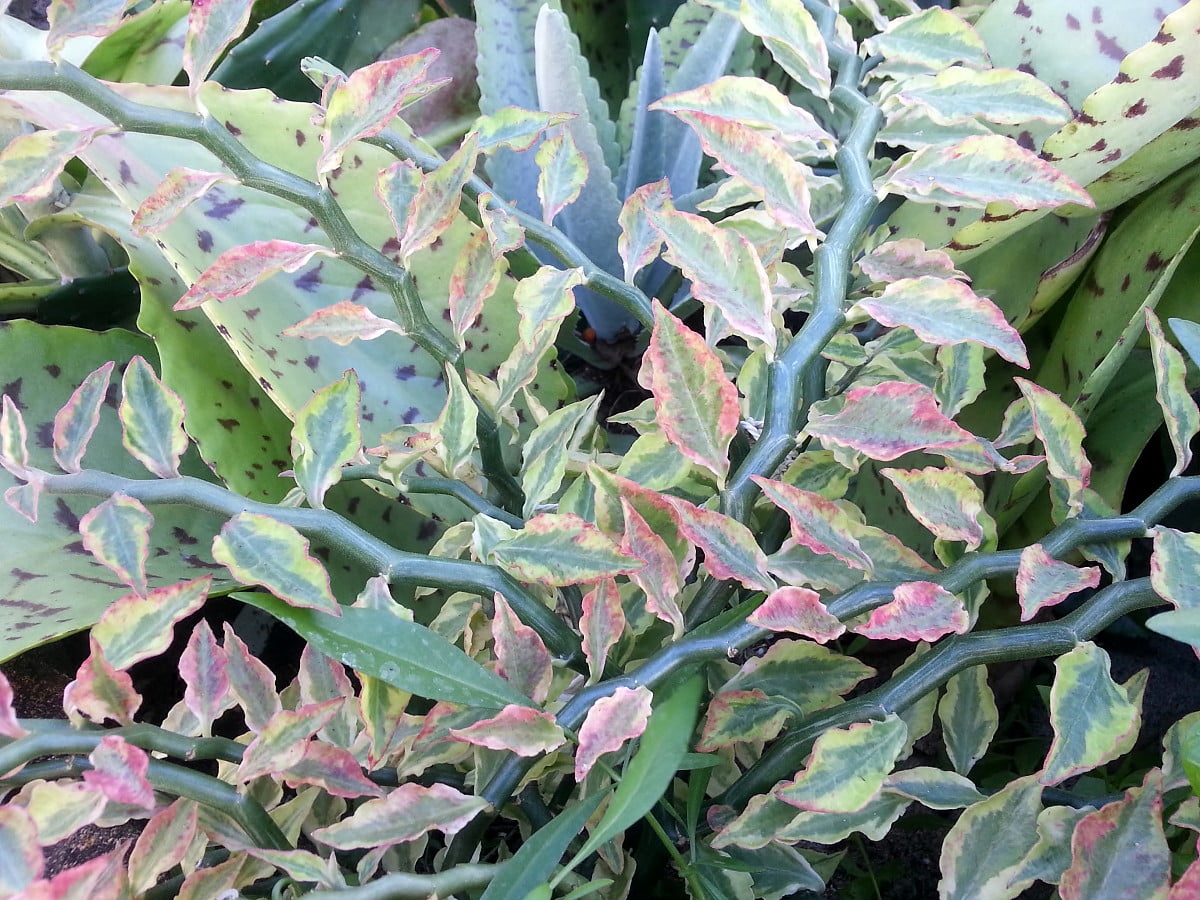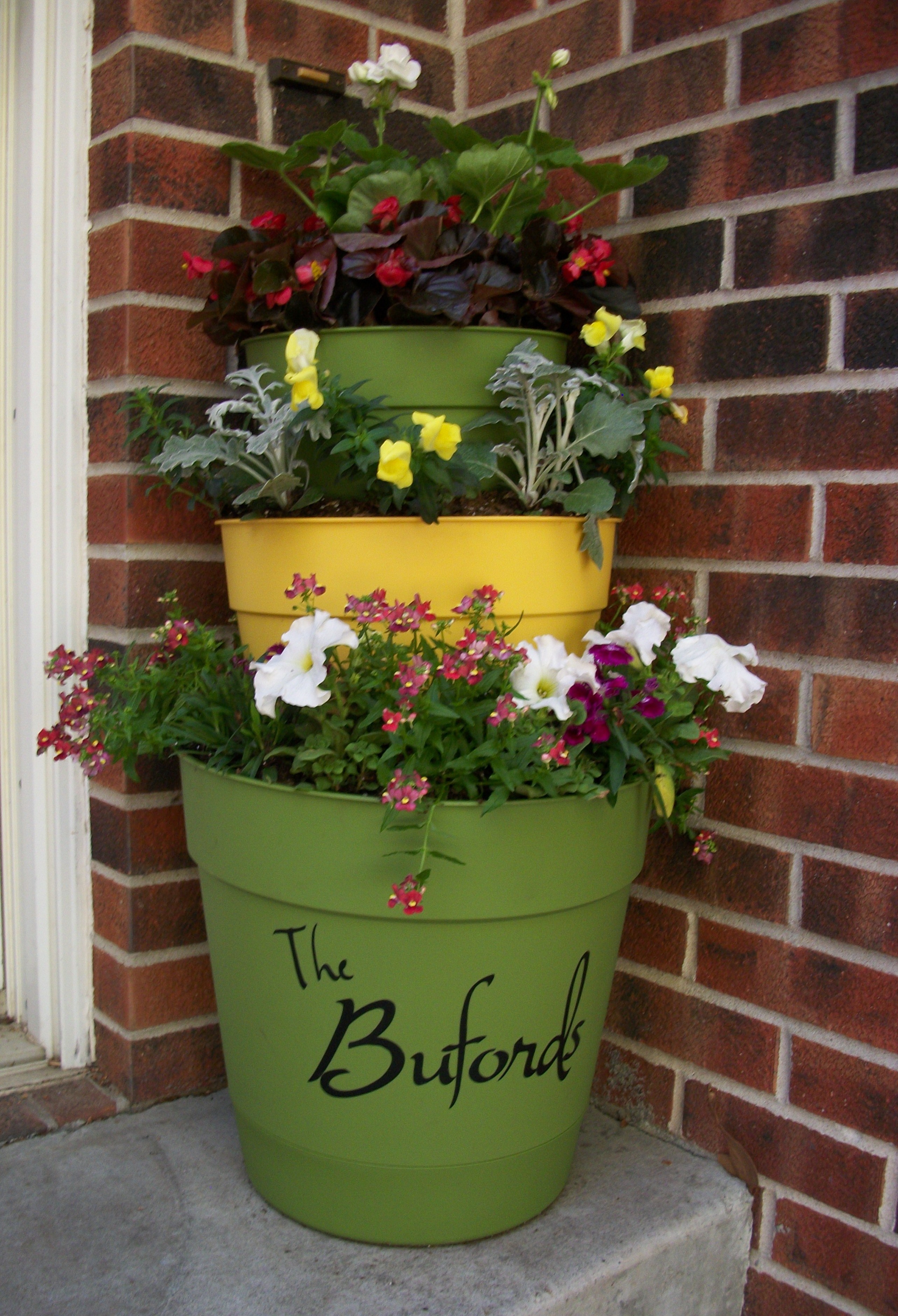

The worse case is that maybe it is signaling that your plant is dry and needs to be watered.

So when you do see aerial roots on your fishbone cactus, it is perfectly normal.

They use their aerial roots to attach onto their host tree, but also to gather nutrients and water from the surrounding area, and from organic debris that may be laying around. Take a look at the aerial roots on my plant.Įpiphytes are plants that grow on other plants (such as on trees) for support. Plants grow aerial roots for different reasons, and it is very normal for epiphytes to grow aerial roots. You may be wondering why you’re seeing aerial roots on your plant. I simply add 1/4 teaspoon per gallon of water and use this every time I water. It is an AMAZING, premium fertilizer that contains all the micro and macro nutrients needed for plant growth. I use my favorite all-purpose fertilizer called Dyna-Gro Grow. The goal is to have a very quickly draining potting mix and there isn’t one magic potting mix. You can even use 1 part orchid bark instead of the perlite or pumice. If you mix together 2 to 3 parts succulent mix with 1 part of either perlite or pumice, this will work beautifully. You can use whatever you have on hand though. You can use a variety of potting mixes as long as your potting mix is extremely well drained.įor my own plant, I used a succulent mix to which I added some 1/4″ pumice to increase the drainage. Remember, these are epiphytes so they should never sit in water.ĭuring the growing season, allow the top inch of the potting soil to dry out before watering again.ĭuring the winter time when temperatures may be cooler indoors and there is less light, you can allow your soil to dry out a bit more (even completely) before watering again. Check out the Fishbone Cactus selection (link to Etsy) today! WATERINGĪlways water thoroughly and allow all excess water to escape the drainage hole. Looking to purchase a Fishbone Cactus? One of my favorite and most convenient one-stop-shops to buy practically any plant is Etsy. Never allow temperatures to fall below 50F (10C) so keep this in mind if you summer your houseplant outdoors. These plants need warm temperatures to thrive, so keep your indoor temperatures comfortable. I’d recommend placing your fishbone cactus right in front of an Eastern window or Western window. These plants grow very well indoors with a few hours of sun, but don’t overdo it. My own plant grows in front of an Eastern facing window. Try and avoid propagation during the winter time when plants typically aren’t doing much in the growing department. Keep in mind that it is always better to propagate in Spring or Summer during the growing season. Keep the soil barely moist to encourage rooting. I placed mine in water as shown below.Īfter callousing over, you could have inserted the cuttings directly into soil, instead of in water, and the cutting would root this way too.

Simply let your cuttings air dry for a few days first.Īfter a few days, you can place them in a vase with water to root, or directly into a pot of soil. This is to ensure that your cuttings don’t rot. Once you make your cuttings, like any succulent or cactus, you need to allow your cuttings to dry and callous over before propagating. The more cuttings you have, the fuller your resulting plant will be! Just be careful though that you don’t turn the cuttings upside down as they will not root! The part of the cutting that was closest to the pot will be the end that roots.Īim to make each cutting about 3-4 inches long or so. You can make several cuttings from a single leaf (it might technically be considered a modified stem) and root each one. I water propagated my own plant, but you can easily place them in soil as well. I’ll briefly describe how I propagated my plant, and then talk about the care of Fishbone Cactus. My own plant that I grow was started from cuttings that a friend sent me.
Zigzag plant in the garden how to#
FISHBONE CACTUS PROPAGATION AND CARE HOW TO PROPAGATE Fortunately, the care is identical and that’s all that matters.īoth of these plants are native to Mexico and are epiphytic cacti. I have a hunch that it is Epiphyllum anguliger.


 0 kommentar(er)
0 kommentar(er)
